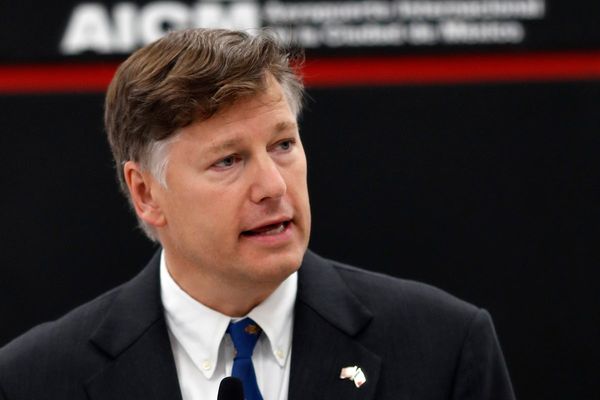
Come to think of it, what could be a better proxy for the economic growth of a country than commerce? The ONDC’s target of signing up 900 million digital buyers over the next five years can be seen as a hole-in-one. Simply put, the ONDC is a set of open specifications that will enable sellers on platform X to transact with buyers hosted on any other platform, say Y. The hypothesis is simple but with prodigious possibilities. It offers an opportunity to medium and small retailers across the country to adopt digit tools and expand beyond the limits of brick-and-mortar sales.
Small sellers now need not register on multiple platforms, fear predatory pricing and risk losing visibility to brands owned or favoured by the platform itself. Additionally, sellers—big or small—will follow a standardized on-boarding process. Thus, as argued by Nandan Nilekani and V. Anantha Nageswaran in their article, ‘Open Network for Ecommerce: It’s an Idea Whose Time Has Come’ (bit.ly/3nQaHqe), ONDC envisions “equal opportunity participation".
This idea may just offer us a new gold standard for a level playing field. But for it to truly be an avant-garde move for inclusive e-commerce, what we need is equity between small businesses and big brands. Equity in a manner that offers the smallest seller in the ONDC ecosystem as much of an opportunity to sell products as large players.
This is important because, as Indians, in brands we trust. And if a major brand charms us—from salt to aviation—we turn to it for all our requirements. Thus, to reap the benefits of access, small manufacturers and suppliers need to create their own brands. The ONDC framework can come in handy for the purpose. Opportunities for combinatorial innovation on the platform, for instance, may help create several new vertical market places, with players catering to specific or niche segments of customers. With Tier-II+ cities projected as the main drivers of growth in e-commerce and the availability of headroom for the growth of hyper-local services, small-scale, niche and local brands might very well turn out to define the future of e-commerce.
For illustrative purposes, imagine a homegrown health and beauty brand collaborating with a small retailer in Madhya Pradesh that deals in forest-based products like mahua, honey, amla, or ashwagandha. Or a kalamkari kaarigar in Andhra Pradesh embracing business-to-business (B2B) sales to entities across the country through the ONDC platform. Or a small manufacturer in Rajasthan managing the sales of marble kitchenware and home décor products to high-value customers who happen to be in Bengaluru.
Such value-added services through the ONDC can be helpful in developing small businesses. However, the ability of these businesses to create brands on their own remains elusive. It is here that established entities or bigger players, much like in the case of the Unified Payments Interface (UPI), can chime in. The way I see it, private players had a major role in the success of UPI. Had they not embarked on a mission to paste UPI QR codes at shop counters and dished out rewards on platforms like Google Pay, UPI may have remained a pursuit of a select few and not seen its adoption grow hugely the way it has.
In the case of small businesses signing up for the ONDC, they require help in setting standards, maintaining quality, testing products and reading markets. This could be done by firms like Mensa and Upscalio, which could help small businesses create digital brands, optimize product distribution and integrate operations with large supply chains.
Another option would be to build upon existing mechanisms for the procurement of raw materials or processed goods by large fast-moving consumer goods (FMCG) companies like Marico and Tata Consumer Products. These FMCG marketers, as a part of their vertical integration, source a range of products from smaller players, helping them with quality assurance, standardization and other aspects of branding along the way. Expanding their range of suppliers or product variety from among the motley of options available on the ONDC might be a desirable option for FMCG players as well.
The ONDC is a system of protocols; it is ground-breaking per se, but needs players of various stripes to build on it and bring about orbital shifts in e-commerce in India. An increasing number of sellers from smaller cities embracing digital technology will benefit from an entire ecosystem being created. Equal opportunity for participation is thus imminent, but assuring everyone equity will need special efforts.
Integrating businesses to create niche products, drawing upon brand consultants or investors and having existing FMCG companies hand-hold smaller players are all possibilities within the ONDC framework. These should be both considered and explored as it begins to make headway towards democratizing e-commerce.
Sakshi Abrol is a policy manager at Nation First Policy Research Centre







